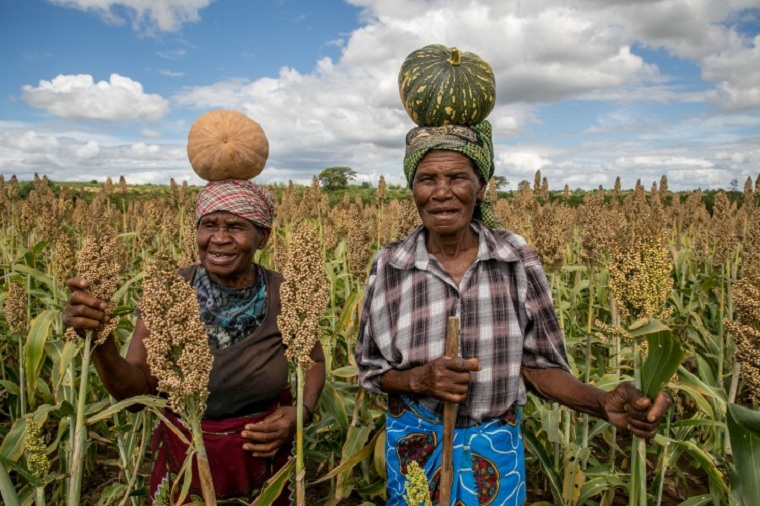 –Only 1 cent of USAID funds gets to beneficiaries, 99 cents go back to the US
–Only 1 cent of USAID funds gets to beneficiaries, 99 cents go back to the US
I had just finished reading John Perkins’s New Confessions of an economic hitman when I read the story that the United States Agency for International Development had pledged US$19.8 million for a new Feed the Future programme in Zimbabwe called Fostering Agribusiness for Resilient Markets (FARM).
The five–year contract had been awarded to Chemonics International, a Washington-DC based company, and the programme would focus on Manicaland and Masvingo.
“FARM builds on the work of Feed the Future Zimbabwe-Crop Development, Feed the Future-Livestock Development, and USAID’s Food for Peace Development food security activities, which will allow FARM to start quickly,” a statement released by the United States embassy in Harare said.
USAID’s Feed the Future Crop Development activity reached 30 000 farmers in 2019 who sold crops valued at US$7.47 million, the statement said.
In addition, the Feed the Future Livestock Development activity reached over 4 000 smallholder livestock farmers whose average annual household net income increased significantly, it said.
“The average net income for beef producing households increased by 45 percent to US$986 a year, while the average net income for dairy producing households increased by 35 percent to US$2 589 a year,” the statement said.
“Over the past four years, participating farmers sold cops and livestock valued at over US$45.75 million.”
These increased incomes had a major impact on the beneficiaries, allowing them to provide for their families while improving household nutrition, and building overall resilience, according to the statement.
Continued next page
(305 VIEWS)
This article contains new, firsthand information uncovered by its reporter(s). This includes directly interviewing sources and research / analysis of primary source documents. As a news piece, this article cites verifiable, third-party sources which have all been thoroughly fact-checked and deemed credible by the Newsroom in accordance with the Civil Constitution.Civil: Credibility Indicators
Original Reporting
Sources Cited


